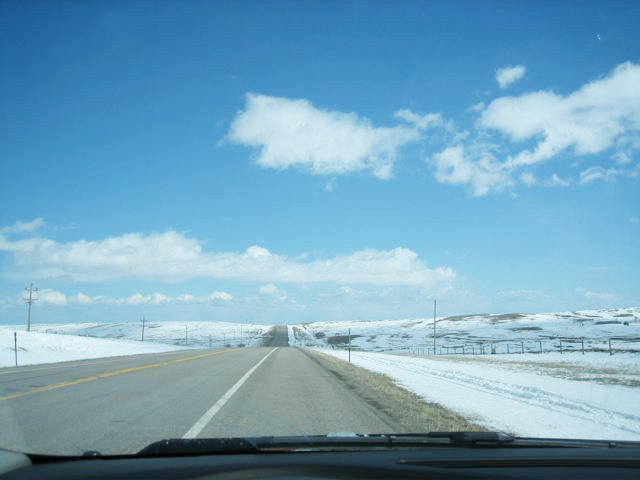|
BIOGRAPHY- Kate Hunt was raised in a town of 900 on the plains of Montana. It is "Big Sky" country. The subtle power of the landscape has influenced her work. Hunt’s work is object oriented. Her materials include steel, twine, boat building epoxy, encaustic, and newspaper. She first started working with newspaper at the Kansas City Art Institute. Her teacher, Joan Livingstone, had her make a "chinese finger trap", the kind found at carnivals that tighten as you try to pull your fingers out. From there she started building large weavings with newspaper. Her teacher, Dale Eldred, pushed her to think of her work as sculpture. Hunt graduated from the Kansas City Art Institute and Cranbrook Academy of Art. She has been awarded a Montana Arts Council Award, the Gottlieb Grant and Virginia Groot Foundation Grant. She has shown nationally and internationally and her work is in many prominent collections. She recently relocated full time to San Miguel de Allende, Mexico. ARTIST STATEMENT I have a personal conversation with the concept, materials and the world around me. It's a back and forth type exchange with me saying over and over, "what if......." If I was writer I could tell you about these conversations, but I am not, I am a visual artist. I can tell you that Opera and artists such as Chakaia Booker, Magdalena Abakanowicz, Mark di Suvero, Dale Eldred, and Ursula von Rydingsvard inspire me. Once my conversation is done and the piece is in the gallery and front of the audience, it becomes their conversation. -Kate Hunt WORK DESCRIPTION Hunt demonstrates a powerful command and intuitive sense of her materials. Through varnishing, chopping and binding, Hunt recasts this common material into the stuff of sculpture, often to stunning and surprising effect. -Kate Hackman, The Kansas City Star. I create sculpture using newspaper as my primary material. They are constructed through processes of stacking, cutting, gluing, wrapping, coating and burning. Ascribing to Levi- Strauss' belief that when an artist knows her materials, new discoveries are possible, I have— through over four decades of experimentation--developed an intimate knowledge and command of the properties and capacities of newspaper that allows for infinite exploration, formal and conceptual. My intent is to create sculpture that feels essential and immediate, with an intense physical presence that can be felt first in the gut. Context is important, and there is meaning to be read into them, but those meanings are not proscribed. I want my sculptures to be complete in themselves. These are meant to be objects that meet you where you are, and address you back. They are in significant part about the material itself--a physical substance, subject to gravity, vulnerable to burning and erosion, but also remarkably strong and persistent, able to weather the weather. Newspaper is a cheap and easily attainable material, with variable textures and densities, and I can use it to construct work of any scale. It is also a loaded one: a vehicle for communication and carrier of information, as relevant as the news of the day and then meant to be discarded. It fulfills this function at significant cost, consuming valuable resources then filling recycling bins and landfills where it can take many years to decompose, if at all. I use other materials—bailing twine, steel, encaustic, gold leaf, inner-tubes—for formal, structural, and associative purposes. They bind, support, coat, allowing me to create both wall mounted and free-standing pieces including work that can live outdoors. They also bring texture and color—the exquisite golden-brown twist of sisal, the smooth, lush black of rubber, the delicacy and radiance of gilding, the crusty white of wax. There is a rightness I am seeking; I know I have gotten there when I've made something that feels like it might always have existed. I began burning American flags during the Iraq war, and continue to make them now, having moved from Montana to Mexico, where they take on new meaning. My "Torringtons," made of strips of newspaper bound to steel spines, take their name from Northwest Passage explorer John Shaw Torrington (1825-1846), whose exceptionally well-preserved body was exhumed 150 years later to try to determine the cause of death. My bowls are vessels--intimately scaled gestures, opening to the sky. At then there are large, stoic walls that divide the spaces they inhabit, and tall towers that threaten to topple, or which must be turned on their sides in order to fit into a room. Each piece is different and resolved entirely on its own terms, but in returning to certain core structures or themes, I am able fully focus on the nuances and subtleties of each specific piece. FLAG STATEMENT |
 |
Photo: Jean Flynn |
| Home Bio Resume Reviews Contact Other Links |
| © Kate Hunt |